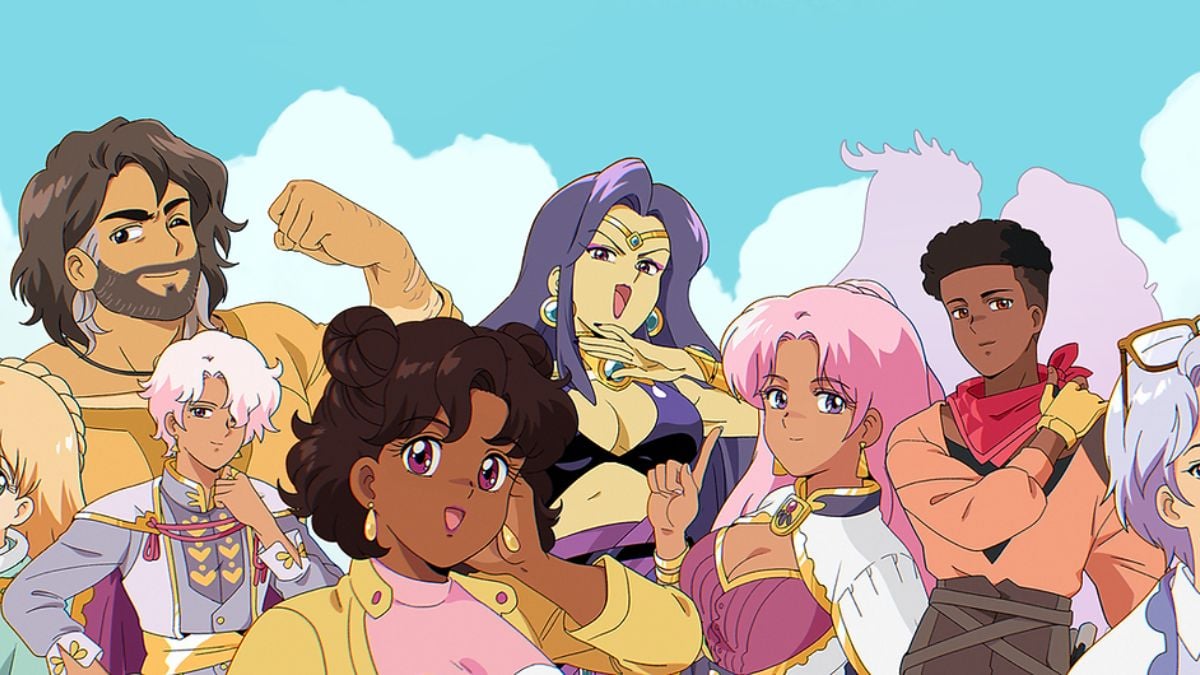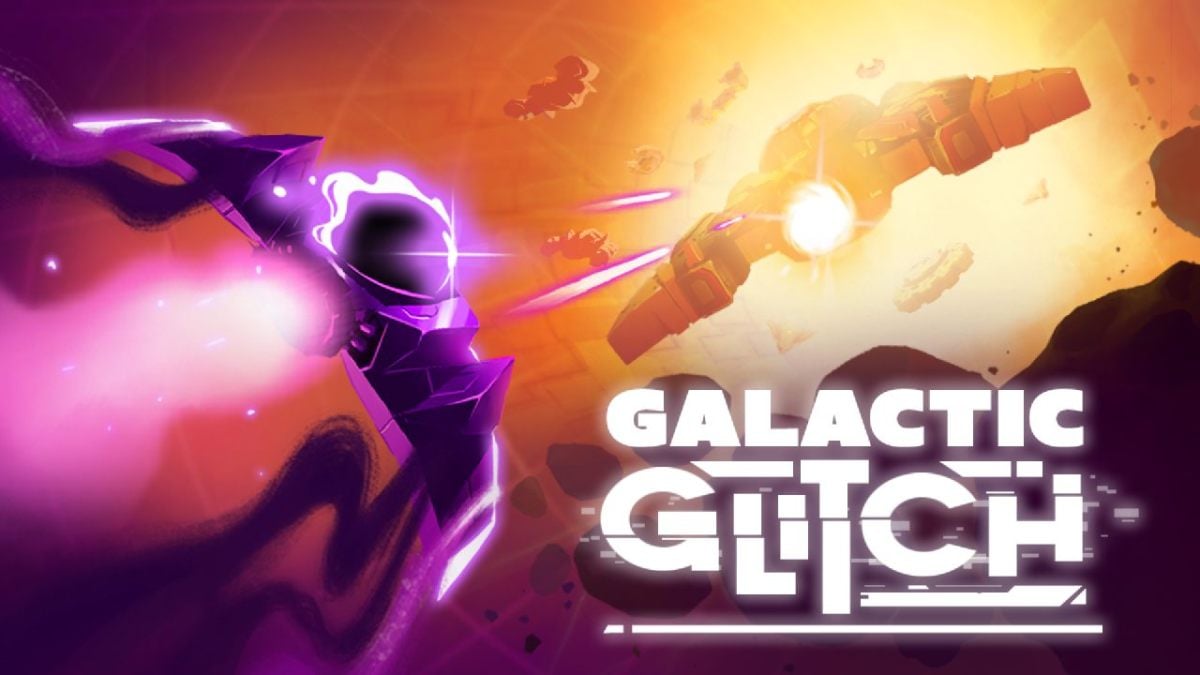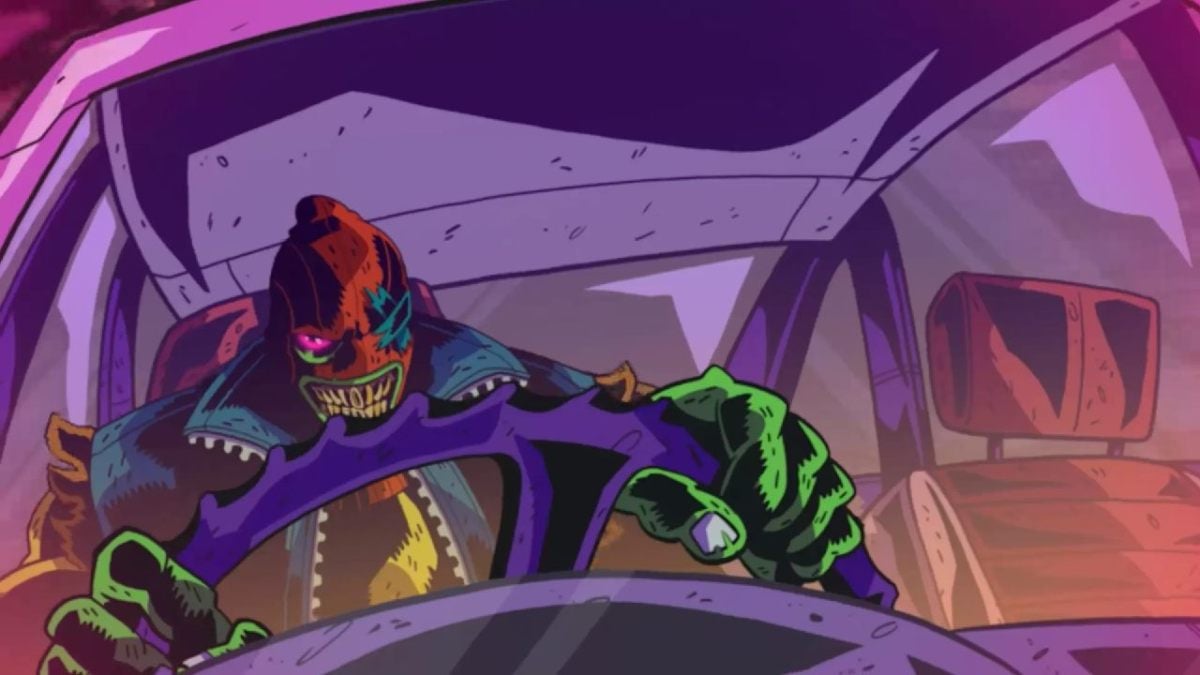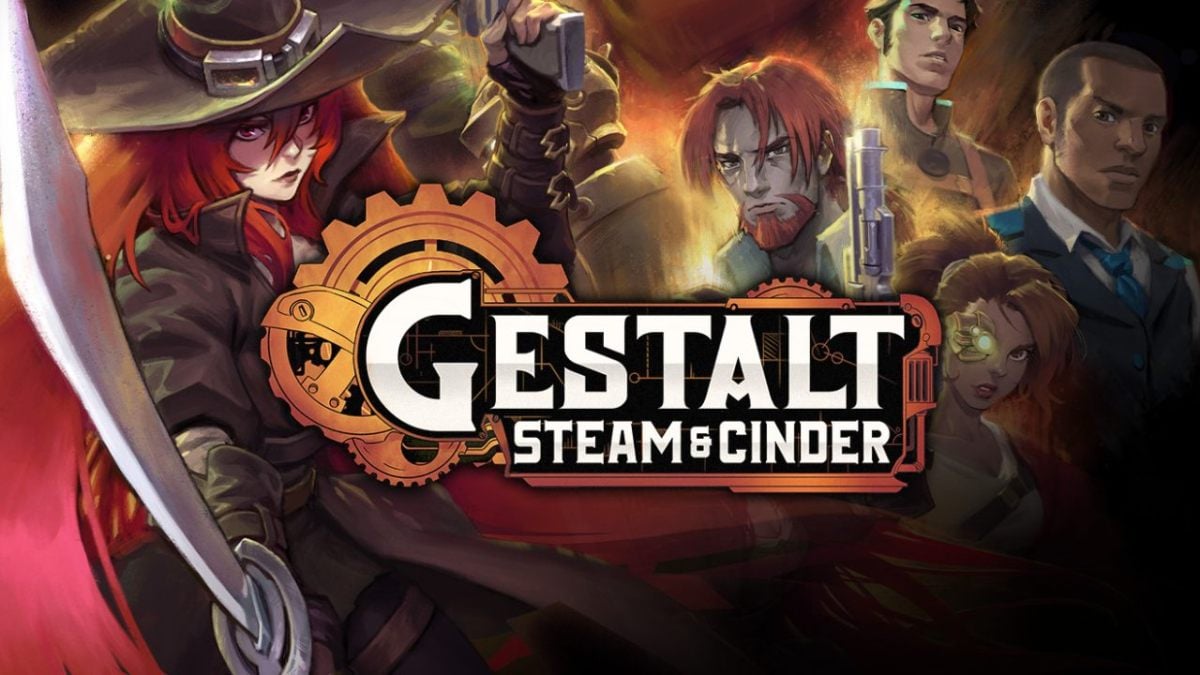Marvel vs. Capcom: Infinite is a game of two extremes, featuring the franchise’s strongest gameplay to date, while presenting visuals worse than any entry to come before it.
Since 1998, the Vs. series has taken the biggest names from Marvel’s expansive universe and those from Capcom’s various franchises, pitting them against one another in fast-paced, team-based battles. Thanks to the nature of the series, you could make a dream team such as Spider-Man and Mega Man or Wolverine and Ryu, and not care about canon.
Marvel vs. Capcom: Infinite offers this signature gameplay in spades, but, in exchange, it eschews the other signature feature of the series: visual presentation.
Since its inception, the Vs. series has featured a comic-like aesthetic that lent itself perfectly to the general feel of the franchise. It was its best in 2011’s Marvel vs. Capcom 3, which made all the action feel like it was ripped straight out of a comic book, along with a menu that made you genuinely feel like you were reading through one as well.
However, with the MCU now becoming Marvel’s most well-known universe, Infinite was designed to reflect that fact. Of course, just because the art style is different doesn’t mean that it’s bad, but the issue here is that the new art style actually does look bad on many counts, frequently offering visuals that are merely passable at best.

Starting with the UI, everything looks like it was a placeholder for assets that were never added for the final product. In fact, it’s so plain that you could easily cut and paste this UI into any other fighting game and you wouldn’t be able to tell the difference. It almost felt insulting to the series in a way; seeing the UI looking so bland when knowing that it was from a series whose signature had always been its unique style.
This leads to the horse that has been more than beaten to death at this point: the characters. Characters with nonhuman faces or masks such as Dormammu, Ghost Rider and Spider-Man look great across the board, but characters with human faces like Morrigan, Frank West and Chris Redfield look horrendous. There doesn’t appear to be reason for this disparity other than perhaps Capcom using old models on a new engine and humans (on the Capcom side, at least) coming out as the unequivocal losers.
That said, Capcom has promised a patch that will fix this (Chun-Li and Dante already had theirs pre-release), but considering the prestige that the Vs. series holds, enough work should have been done on these models in the first place.
As said before, while the visual presentation is the worst the franchise has offered, the gameplay is at its best; and if you’re willing to look past the bad UI and faces (which you should), then you’ll find yourself greatly rewarded.

Marvel vs Capcom: Infinite goes back to a simpler time when assists didn’t exist and the battles were two-on-two. However, just because there are less means to create chaos, doesn’t mean that battles are any less intense. In fact, battles will be more intense than anything else the franchise has ever had to offer.
This phenomenon is due in part to the fast tagging system which has replaced assist attacks. In MvC3 it wasn’t uncommon to see players use characters that were only on a team to offer support or extend combos, but have no idea how to use them as a point character (such as Dante on a Zero May Cry team). With fast tagging, however, Infinite manages to eliminate both of those habits. Now, players are required to know the ins and outs of both their characters in order to maximize the damage they can deal in a single combo.
For example, Dante could start out using a simple ground combo that leads into a multi-hitting attack like Beehive and, mid-animation, tag in Zero. While that attack is going on, you’re in control of Zero who is free to continue that combo until you’re ready to switch back to Dante to finish the combo. The general philosophy remains the same no matter who you’re playing as, but the way this is executed will change vastly once you start considering ways to deal as much damage as possible while minimizing the amount of wall and ground bounces that are included.

The other reason the game is so intense is because of Infinity Stones, a mechanic that hasn’t been seen since Marvel Super Heroes. Players can select one of six of these after selecting their characters; each granting a team two new powers to use at their disposal. The first of these is Infinity Surge, a special move that can be activated at the cost of some of your infinity gauge. These attacks are small in scale, but still offer incredible utility when used effectively. When using the Infinity Surge of the yellow Mind Stone, for example, you gain a command grab that can be comboed off of, adding a new layer of unpredictability to your offense.
If you completely fill the infinity gauge, however, you gain access to an Infinity Storm, an ability which dramatically changes the game’s pace for about 10 seconds. For example, the Mind Stone’s Infinity Storm will cause your hyper combo gauge to continually rise, allowing for the use of multiple level one Hyper Combos in rapid succession, or an instant level three Hyper Combo.
Interestingly, the greatest value these stones offer is unpredictability. Zero using the Mind Stone means that he now has yet another way to open you up and start a combo, using the Reality Stone, on the other hand, allows him to create a projectile to help cover his approach or deal damage at range. As such, players will need to be acquainted with six different variations of a single character or they’ll be caught off-guard mid-fight.

The Vs. series has always been seen as unwelcoming to beginners, and with fast tagging and Infinity Stones, Marvel vs. Capcom: Infinite will be viewed no differently. Fortunately, the game has employed two new systems to help bring them into the fold.
These systems are auto combos and easy hyper combos, which allow newcomers to get a glimpse of what they’re chosen characters are capable of. Auto combos allow players to create simple, somewhat high-damage combos by repeatedly pressing the light punch button. In a similar vein, easy hyper combos allows newcomers to use hyper combos with the press of the two buttons. Neither of these will allow newcomers to play at a high level, but they’ll at least let you feel like you’re doing something and may ultimately encourage players to dive deeper into characters that catch their eye.
Once newcomers are ready to learn the intricacies of each character, they can take them to mission mode which offers up to 10 challenges for each. These missions show off each character’s most important moves and a few combos, helping players understand their strong points and how to best utilize them. These missions start off easy enough, but will quickly ramp up in difficulty, expecting players to understand more advanced concepts such as jump cancelling and buffering special attacks into one another. There’s no question that these will be hard to grasp at first, but spending some time in the game’s training mode can eventually fix that.

Regardless of your skill level, however, players of all skill levels can enjoy Marvel vs. Capcom: Infinite’s story mode. Even at a mere two-and-a-half hours, it does a fair job at imagining a scenario where the two titular universes collided — something which MvC3 promised, but ultimately failed to do.
To put it simply, Infinite’s story mode depicts the conflict that takes place several weeks after Marvel’s and Capcom’s universes are forcefully merged with another. As such, the heroes of both worlds must join forces in order to set things right before Sigma Ultron — a combination of Marvel’s Ultron and Mega Man X’s Sigma — takes over both.
As expected, part of what makes the story so enjoyable is that we finally get to see how all of these characters interact with another in and out of battle. It’s par the course for Marvel, but we rarely get to see that dynamic with Capcom characters or when characters from the different universes are placed side-by-side. However, seeing all these characters together highlights another one of Marvel vs. Capcom: Infinite’s more contentious features: the roster.

Infinite’s base roster consists of 30 characters, which is less than MvC3’s intial 36. This in of itself isn’t a big deal thanks to the 2v2 format and fast tagging system, but the issue is that only four of these characters are new. It just isn’t exciting to see a roster that is essentially the same as it was several years ago except without the presence of mutants. There are so many characters from both universes that could have been included in the base roster (some of whom have been included in previous ones), so it’s disappointing to know that they’ll only be available later on as DLC instead.
Verdict
Marvel vs. Capcom: Infinite is a game of two extremes, featuring the franchise’s strongest gameplay to date, while presenting visuals worse than any entry to come before it. That said, the Vs. series has always been more about the gameplay than anything else, so even with all of Marvel vs. Capcom: Infinite’s shortcomings, its gameplay is so strong that it helps you overlook them.
Long story short, Marvel vs. Capcom: Infinite ain’t pretty, but it get’s the job done.









Published: Sep 19, 2017 06:56 pm